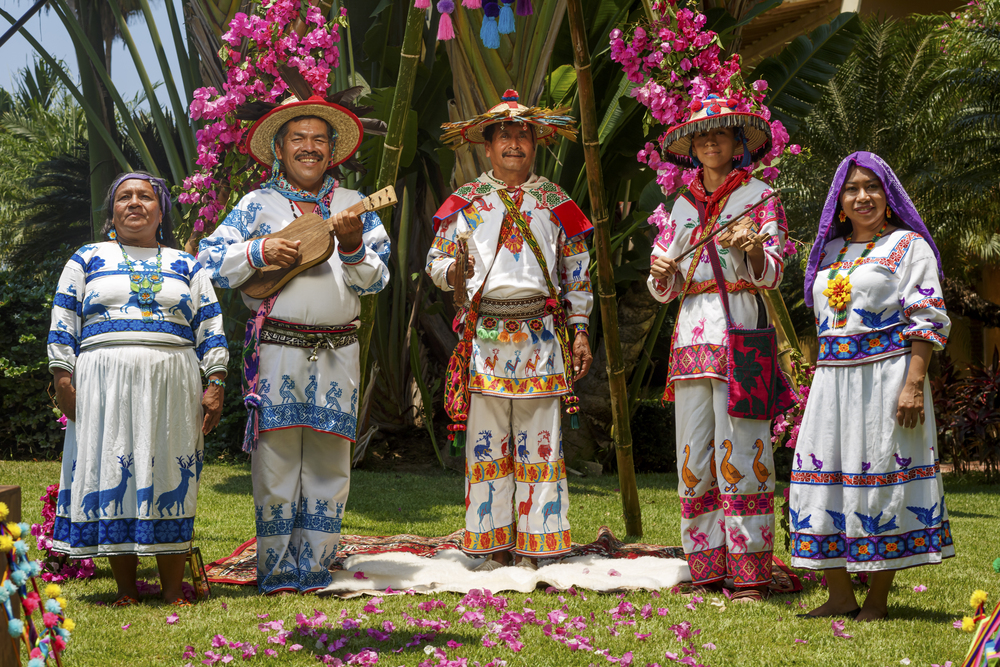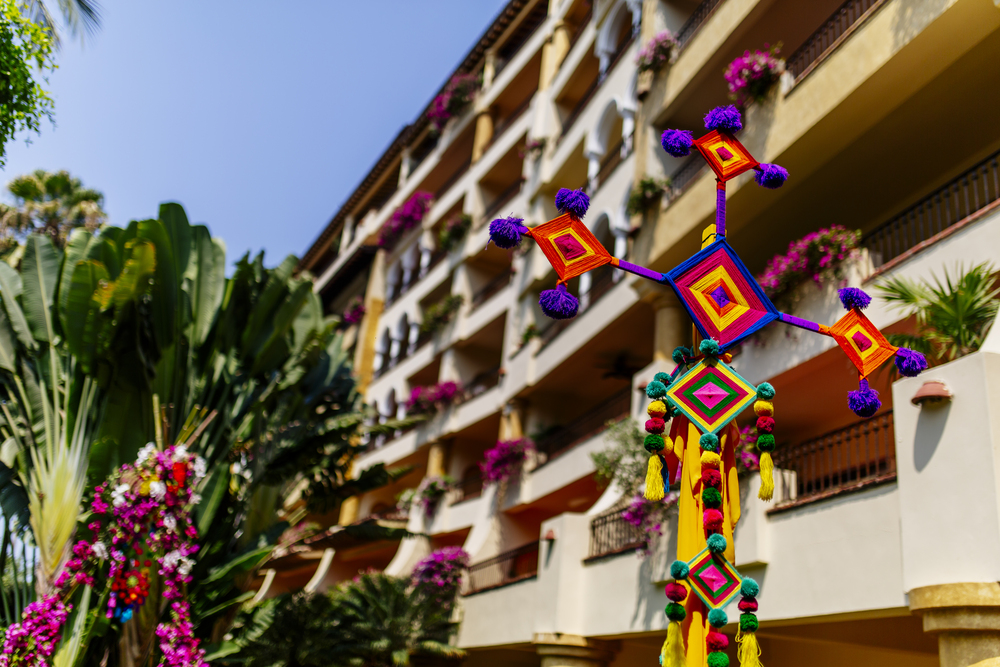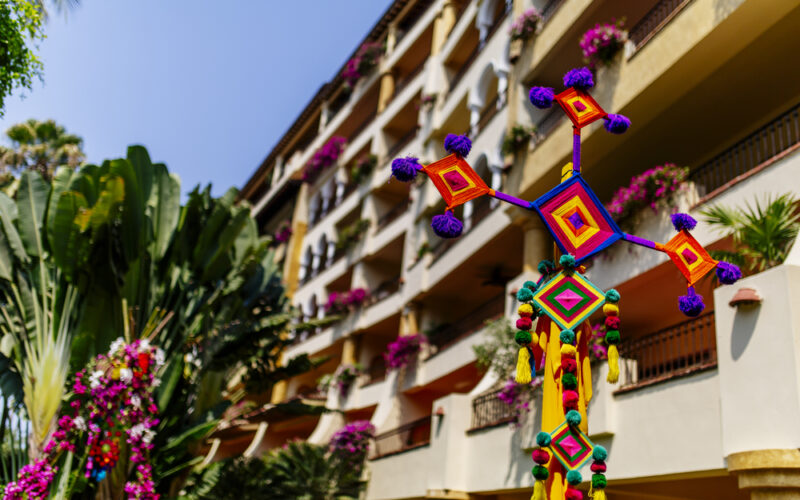Around the world, there are different native cultures famous for the beautiful crafts that we commonly use as decoration in our home, however, their beauty and exotic touch hides a unique history and a particular function given by the members of their tribe.

In Mexico, one of the most popular crafts made by native tribes is the God’s Eye, which belongs to the Huichol or Wixarika culture. This element and the tribe itself are worldwide known due to the proximity of their settlements in the Sierra Madre Occidental region with one of Mexico’s most touristic areas: Puerto Vallarta and Banderas Bay.
If you have ever visited this part of Mexico, you probably have seen this beautiful craft; it is made by a small wooden cross covered by threads of different colors, the combination and the way they are woven together form a small rhombus, which represents the universe and the five directions of the cosmos: south – yuawime; north – tusame; west – ta’lawime; east – tsayule; and center – tsayule.
The Huichol worldview conceives God’s Eye, also known as tzicuri, as a symbol of power and protection, it is believed that it is part of the spiritual world and that it represents the window through which Kautumari sees the earthly world.

When it comes to traditions, this element is used mainly for kids’ initiation rituals, the parents weave a God’s Eye and give the amulet to their children as a symbol of protection.
The colors used to make this Huichol craft have a meaning too, which mostly refers to some elements of nature:
- Black: it represents life, the ocean, and the goddess Tatei Aramara, mother of the sea.
- Blue: it symbolizes the color of the water and rain, it also represents the god Rapawiyene.
- White: it represents the clouds, air, and death.
- Red: it is associated with the peyote and the Parierekua zone, as well as the attributes of life and the goods.
- Purple: symbolizes the life of the human being and his earthly existence.


